
The end of the school year is fast approaching with the third term either over or about to end and the start of the fourth term looming ahead. There never seems to be enough time in the last term with making sure students have met all their learning outcomes for the year and with final reports to be prepared. The OpenSTEM® Understanding Our World® program takes the stress out of the fourth term as far as possible, ensuring that all curriculum items are covered well before the end of term and students are kept occupied with consolidation tasks so that teachers can prepare reports.
In units for Years 5 (Shaping Society, Working Together) and 6 (We Are One, But We Are Many), students have an assignment on a topic from Australian history and several of the suggested topics cover migrants to Australia, especially those from Asian countries. There is also a discussion about why people might become refugees, through factors such as war and natural disasters, or choose to migrate for a range of other reasons. Students in most year levels are examining cultural diversity and the make-up of Australian society.
In the news this week there is a story that has some relevance to these topics. Migrants and refugees from Asia make up a small but significant part of the numbers of people who come to Australia and find a home here, just as they have done since early colonial times. Many migrant and refugee women have experienced trauma and/or have come from countries where women’s place in society is very different than in our own. Some of these, just as in the rest of society, are single mothers or women at risk. However, they often face extra hurdles resulting from their history in their country of origin. For example, many women from Asian and African countries can not drive, either because they have not had the opportunity to learn, or it may even have been culturally inappropriate. The lack of a driver’s licence severely impacts their ability to get a job and transport themselves and their children to activities, including school and sports.
Access Community Services in Logan, south of Brisbane, has a Women at the Wheel program to help women prepare for a driving test. Currently there are women from Afghanistan, Burma and Somalia in the program and there is a very long waiting list for places. The program tries to match women with instructors who speak their native language to help them to understand the nuances of Australian road rules clearly. The women are delighted with the program, reporting that they find it very empowering and citing that having a driver’s licence will help them to find employment and transport themselves and their children as needed, making them independent and contributing members of the community.
In a way, these women finding a role for themselves in the community through learning to drive cars is almost reminiscent of the Afghan cameleers of the 19th century (shown above), who came to Australia to lead camel caravans, assisting explorers and taking the goods produced by farmers in isolated areas to market. Some of these people, from many places across the Asian subcontinent, chose to stay in Australia and adapted with the changing society, finding new roles for themselves and contributing to society in a range of ways, not least culturally and by enhancing the range of food and restaurant options available. The strength of Australia lies in the way that we pull together when times are tough and people need help. Aussies have always had a reputation for helping those in need and it is great to see this spirit continue today as people work together to build a better society.

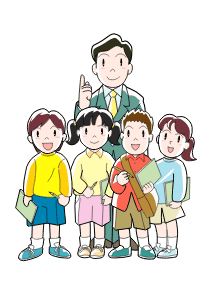 Gonski is in the news again with the release of the Gonski 2.0 report. This is most likely to impact on schools and teachers in a range of ways from funding to curriculum. Here at OpenSTEM we can help you to be ahead of the game by using our materials, which are already Gonski-ready!
Gonski is in the news again with the release of the Gonski 2.0 report. This is most likely to impact on schools and teachers in a range of ways from funding to curriculum. Here at OpenSTEM we can help you to be ahead of the game by using our materials, which are already Gonski-ready!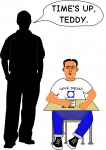 The latest review of “
The latest review of “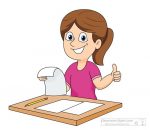 Here at OpenSTEM, we have long known that continuous assessment is a better route, especially in the primary years. Continuous assessment allows teachers to track their students’ progress and understanding and identify areas of concern quickly and effectively. Continuous assessment means that students are working more effectively towards their learning outcomes, teachers are aware of each student’s progress towards those outcomes and thus time is more efficiently used by all parties. Teachers can provide the timely feedback advocated in the Gonski recommendation #10. Teachers are also spared the giant load of marking a whole class’ worth of assessment pieces in a few days at the end of term, in time for reporting. A few minutes each week spent checking each student’s work means that by the end of term both teacher and student are aware of how the student is tracking and their grade for that term.
Here at OpenSTEM, we have long known that continuous assessment is a better route, especially in the primary years. Continuous assessment allows teachers to track their students’ progress and understanding and identify areas of concern quickly and effectively. Continuous assessment means that students are working more effectively towards their learning outcomes, teachers are aware of each student’s progress towards those outcomes and thus time is more efficiently used by all parties. Teachers can provide the timely feedback advocated in the Gonski recommendation #10. Teachers are also spared the giant load of marking a whole class’ worth of assessment pieces in a few days at the end of term, in time for reporting. A few minutes each week spent checking each student’s work means that by the end of term both teacher and student are aware of how the student is tracking and their grade for that term.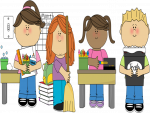 “Strengthen the development of the general capabilities, and raise their status within curriculum delivery, by using learning progressions to support clear and structured approaches to their teaching, assessment, reporting and integration with learning areas”
“Strengthen the development of the general capabilities, and raise their status within curriculum delivery, by using learning progressions to support clear and structured approaches to their teaching, assessment, reporting and integration with learning areas”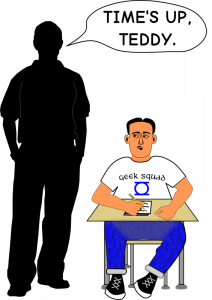
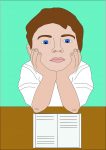 It is the time of year when the thoughts of teachers of students in years 3, 5, 7 and 9 turn (not so) lightly to NAPLAN. I’m sure many of you are aware of the controversial
It is the time of year when the thoughts of teachers of students in years 3, 5, 7 and 9 turn (not so) lightly to NAPLAN. I’m sure many of you are aware of the controversial 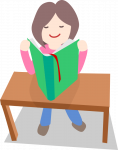 Perelman had been asked to review the planned robot-marking of NAPLAN essays in October 2017, and his criticism was so harsh that the plan was scrapped. ACARA seems to be taking Perelman’s concerns seriously. ACARA have stated that they believe that teachers focus on building and expanding the vocabulary of students and students should be able to use this vocabulary in “meaningful, constructive ways”. It seems certain that ACARA will re-evaluate the marking of NAPLAN essays in the face of these criticisms.
Perelman had been asked to review the planned robot-marking of NAPLAN essays in October 2017, and his criticism was so harsh that the plan was scrapped. ACARA seems to be taking Perelman’s concerns seriously. ACARA have stated that they believe that teachers focus on building and expanding the vocabulary of students and students should be able to use this vocabulary in “meaningful, constructive ways”. It seems certain that ACARA will re-evaluate the marking of NAPLAN essays in the face of these criticisms.
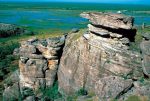

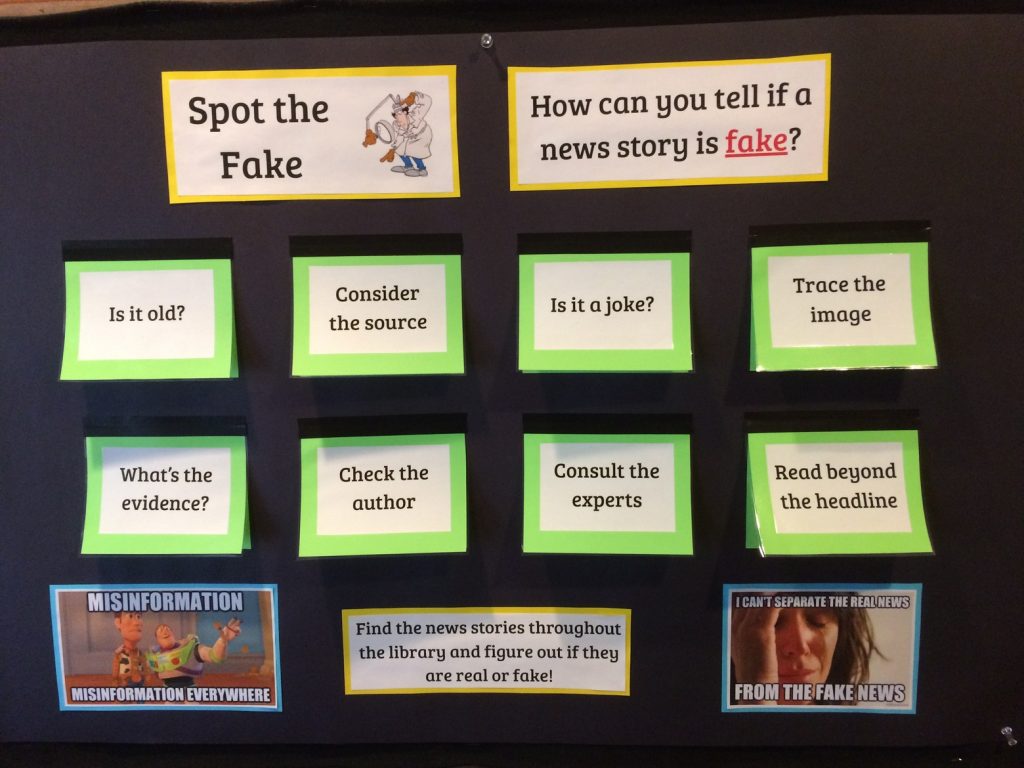
The activities embedded in the programs make the subjects more engaging for the students as well as the teacher.
Trent Perry, Teacher